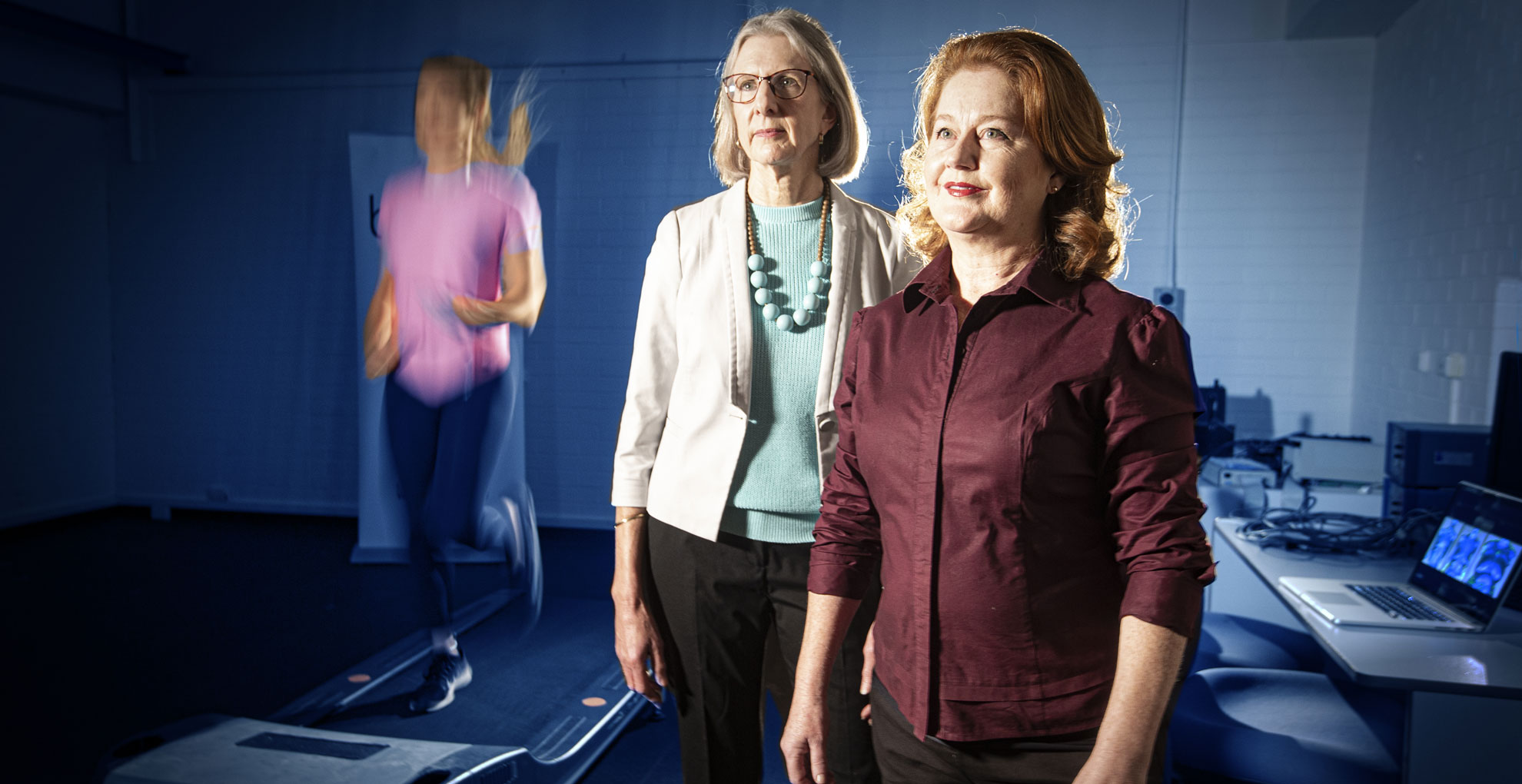UOW academics say more research needed to reduce discomfort and pain in active women and elite athletes

A poorly fitted sports bra can cause significant discomfort and pain in active women and reduce their desire to take part in physical activity, according to new research published in the July 2020 edition of the American College of Sports Medicine journal Exercise and Sport Sciences Reviews.
University of Wollongong (UOW) researchers Senior Professor Julie Steele and Associate Professor Deirdre McGhee outline the problems that many women face when attempting to exercise or play sport as a result of their bras.
It is not just an issue that affects everyday women but also elite athletes. It is an important women's health issue that needs to be addressed to increase participation in sport, ensure that women are not deterred from exercising, and to help them to maximise their sporting performance.
Professor Steele and Associate Professor McGhee, from Breast Research Australia based in the Biomechanics Research Laboratory at UOW, said more research is needed to develop better knowledge around breast anatomy and biomechanical support and to standardised commercial bra sizing for women of all ages, shapes and sizes.
"Women need the support of a bra to limit the movement of their breasts during activity," Associate Professor McGhee said.
"Breasts, which have minimal anatomical support, can move excessively when women participate in physical activity, particularly during activities such as running or jumping. This movement can cause exercise-induced breast pain.
"Breast pain during exercise can be a barrier to women being physically active. If they are experiencing pain or discomfort due to poor breast support, they are less likely to exercise. Inactivity can then cause them to put on weight, creating a vicious cycle of inactivity and further weight gain."
Associate Professor McGhee said there are a number of reasons why sports bras do not provide adequate support for women.
Essentially, sports bras do not cater for the individual needs of women. Sizes are not standardised amongst bra companies and most bra sizes are developed by using one size and then scaling up.
"The breast shapes and torso shapes of women do not scale up. Women have a diverse range of breast and torso sizes and shapes," Associate Professor McGhee said.
"A correctly fitted, supportive sports bra can eliminate or decrease breast discomfort and allow women to exercise in comfort."
This is not a problem solely related to sports bras. In Exercise and Sport Sciences Reviews, Professor Steele and Associate Professor McGhee point out that approximately 85 per cent of women regularly wear ill-fitting bras.
Professor Steele said greater multidisciplinary research into the biomechanics of breast movement and support was needed to ensure that women of all shapes, sizes and athletic abilities were able to find a supportive, comfortable sports bra.
"One of the main issues with existing biomechanical research is that there has been a focus on young, lean, Caucasian women who do not necessarily have large breasts," Professor Steele said.
"This does not represent the diversity of women who take part in physical activity. Women of all ages and breast sizes should be able to exercise without being impeded by their breasts.
"We need to make sure that future research into breast health biomechanics echoes the diversity of women around the world."
About the research
"Biomechanics of breast support for active women" by Deirdre E McGhee and Julie R Steele is published in Exercise and Sport Sciences Reviews.
The research was funded by the Biomechanics Research Laboratory at the University of Wollongong.






